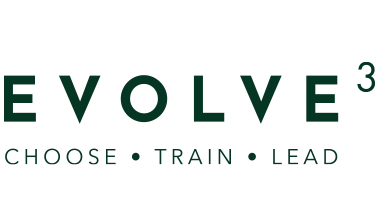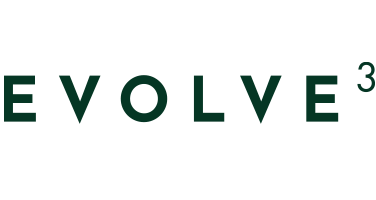
04 May How to improve spend per head – 5 ways
The most effective way to improve the profit of a hospitality business is to increase the amount of revenue you earn from your existing customers.
It’s a more profitable strategy than trying to get more bums on seats because there is no marketing or advertising expense required. If you spend money on marketing and advertising to attract new customers, those new customers won’t make you any profit unless they return for a second or third visit. One could argue that in this time of pent-up demand, getting bums on seats won’t be much of a challenge – another reason to encourage each customer to spend more while they fill the seat.
The beauty of this strategy is that you can achieve a meaningful increase in revenue without increasing wage costs proportionally, because it’s more about focusing the effort of the staff already on the roster than increasing their number.
A simple way to see the potential benefit of increasing customer average spend is to calculate how much it would be worth to you in a year if every customer spent only $1 more.
Apply this formula:
(customers per day) x (days trading per week) x (weeks trading per year)
= $ amount of extra revenue earned in a year
If you think selling one more cup of coffee amongst a group of 4 guests is a snap, you’ll agree that increasing your average spend by $1 is achievable. Why not try for a $2 or $3 increase? If you apply the same formula with a multiple of 2 or 3, you’ll come up with some exciting numbers.
So how do you do extract more revenue from existing customers and maintain positive guest perception?
The answer is in the “5 P’s”:
Products
Do you have products people want to buy? Are your customers regularly asking for products you don’t stock? If you’re constantly fielding requests for hot chips that aren’t on the menu, there’s an opportunity to make more sales.
Is your menu structured in a way that presents opportunities to buy small extras and add-on items, or are you selling complete meals?
Are you promoting seasonal specials, additions, or signature items? These are a great way to sell premium items that are pitched above your standard prices.
Could you offer more in the way of creative products? COVID has forced many operators to sell products and services they would never have dreamed of a few years ago. Think take-away, cook at home products, bottled sauces and branded merchandise to name a few. One of my more industrious clients hosted cocktail making masterclasses via zoom during a recent lockdown, complete with ingredients and cocktail shakers delivered in advance. They were wildly successful.
Props
These are the non-human selling and merchandising tools. Printed or digital menus and signage, product displays, adjectival descriptions and menu engineering are all examples of non-human communication that encourage customers to buy your products. The most simple change you can make to a menu that helps improve customer average spend is to remove the dollar signs. Research suggests that the appearance of dollar signs reminds customers of the pain of paying.
In most cases, menus can be edited quickly and easily. Why not experiment by jazzing up the menu description of one of your premium or high margin items to see if that helps move more units?
People
Do you hire active or passive sales people? Is there a healthy sales culture in your team, or would most of your customer-facing staff prefer not to sell? Do your staff know how to sell? Have they been trained? Do you know who the best and worst sales people are?
A successful sales team requires careful recruitment, targeted training, and effective leadership communication. Are your supervisors and managers skilled in those areas?
Procedure
How are your staff trained to interact with customers? There is a simple 5 step sales process that you can train to all your customer-facing staff, that if followed gets immediate positive results.
Performance
This relates to how you measure the sales results of your entire venue and each individual sales person. Most point of sales systems will give you data on individual and team sales performance. From there, you can identify training needs and discuss staff performance based on facts rather than judgements or opinions.
Finally, whatever you do to improve financial performance, it’s important to recognise that the top and bottom lines on your profit and loss statement are a reflection of the quality of the recruitment, training and leadership communication in your business.
It’s tempting to try and treat the symptom of low customer average spend, but the long term solution is to deal with the root causes: recruitment; training; and leadership.



